Table of content
Vinegar-glazed potatoes, known in Chinese cuisine as cù liū tǔ dòu, are a beloved dish that balances tangy, savory, and slightly sweet flavors. This humble yet versatile recipe transforms simple potatoes into a vibrant side dish that pairs perfectly with rice, noodles, or grilled meats. The key to its appeal lies in the harmonious blend of vinegar’s acidity, soy sauce’s umami depth, and the natural starchiness of potatoes. Whether you’re a seasoned home cook or a novice in the kitchen, mastering this dish requires attention to detail, from selecting the right potatoes to achieving the perfect glaze. This article will guide you through every step, sharing tips and tricks to elevate your vinegar-glazed potatoes to restaurant-quality perfection.
The Science Behind the Flavors
Before diving into the recipe, it’s essential to understand the culinary chemistry at play. Vinegar-glazed potatoes rely on two primary reactions: the Maillard reaction and starch gelatinization. When potatoes are fried or stir-fried, their natural sugars caramelize, creating a golden-brown crust. Simultaneously, the starch in the potatoes absorbs the vinegar-based sauce, thickening it into a glossy glaze that clings to each slice. The acidity of the vinegar cuts through the richness of the starch, while a touch of sugar balances the tanginess, resulting in a dish that is both comforting and refreshing.
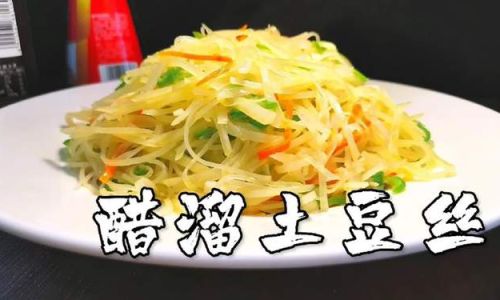
Ingredients: Quality Matters
To achieve the best results, start with high-quality ingredients. Here’s a breakdown of what you’ll need:
- Potatoes: Opt for waxy varieties like Yukon Gold or red potatoes. Their low starch content ensures they hold their shape during cooking without becoming mushy. Avoid russet potatoes, which are prone to disintegrating.
- Vinegar: Chinese black vinegar (Chinkiang vinegar) is traditional, but rice vinegar, apple cider vinegar, or even balsamic vinegar can work as substitutes. Each imparts a unique flavor profile.
- Aromatics: Fresh garlic, ginger, and scallions add aromatic complexity. Minced garlic and ginger should be finely chopped to meld seamlessly into the sauce.
- Soy Sauce: Light soy sauce contributes saltiness and color, while dark soy sauce adds depth. A combination of both is ideal.
- Sugar: White granulated sugar or brown sugar can be used. The latter adds a subtle caramel note.
- Starch: Cornstarch or potato starch is essential for thickening the sauce.
- Oil: Use a neutral oil like vegetable or canola oil for frying. For added richness, a drizzle of sesame oil at the end is optional.
Step-by-Step Cooking Guide
Preparing the Potatoes
- Peeling: While some recipes call for leaving the skin on, peeling ensures a smoother texture. Use a vegetable peeler or paring knife to remove the skin.
- Slicing: Cut the potatoes into uniform slices, approximately 1/8-inch thick. Consistency is key to even cooking. A mandoline slicer can help achieve precision.
- Soaking: Soak the slices in cold water for 15–20 minutes. This removes excess starch, preventing the potatoes from sticking during stir-frying and ensuring a crisper texture.
Blanching (Optional but Recommended)
Blanching the potatoes in boiling water for 2–3 minutes partially cooks them, reducing stir-frying time and ensuring even doneness. Drain and pat dry with a kitchen towel to remove moisture.
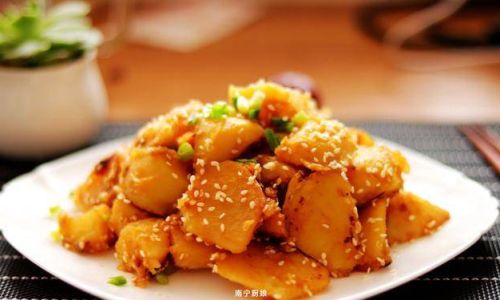
Making the Sauce
In a small bowl, whisk together:
- 2 tbsp vinegar
- 1 tbsp light soy sauce
- 1 tsp dark soy sauce
- 1 tsp sugar
- 1/2 tsp salt
- 1 tbsp cornstarch
- 1/4 cup water or broth
Adjust the ratios to taste—some prefer a sharper vinegar kick, while others lean sweeter.
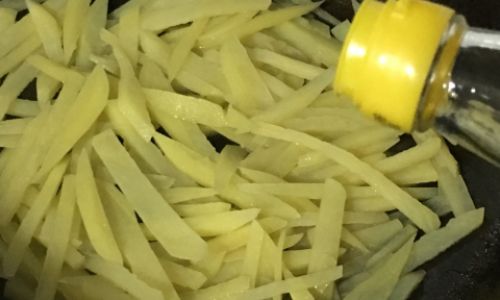
Stir-Frying Technique
- Heat the Wok: Preheat a wok or large skillet over high heat until smoking. Add 2–3 tbsp oil and swirl to coat.
- Aromatics: Add minced garlic and ginger. Stir-fry for 10–15 seconds until fragrant but not browned.
- Potatoes: Add the blanched (or raw) potato slices. Stir-fry vigorously for 3–4 minutes until the edges turn translucent.
- Sauce: Pour the sauce mixture into the wok. Stir continuously to coat the potatoes evenly. The cornstarch will thicken the liquid into a glossy glaze.
- Finishing Touches: Toss in chopped scallions and a drizzle of sesame oil. Remove from heat immediately to prevent overcooking.
Pro Tips for Perfect Vinegar-Glazed Potatoes
- Control the Heat: Maintain high heat throughout stir-frying to achieve a slight char on the potatoes. This enhances flavor and texture.
- Avoid Overcrowding: Cook the potatoes in batches if necessary. Overcrowding the pan leads to steaming instead of frying, resulting in soggy slices.
- Adjust Acidity: Taste the sauce before adding it to the wok. If the vinegar is too pungent, balance it with an extra 1/2 tsp of sugar.
- Glaze Consistency: The sauce should cling to the potatoes without being watery. If it’s too thin, mix a teaspoon of cornstarch with water and add it gradually.
- Garnish Creatively: For a pop of color, sprinkle toasted sesame seeds or red pepper flakes before serving.
Variations and Regional Twists
- Spicy Version: Add dried chili peppers or a spoonful of chili oil during stir-frying for a fiery kick.
- Vegetarian Twist: Incorporate diced carrots, bell peppers, or mushrooms for added texture and nutrition.
- Sweet and Sour: Increase the sugar to 2 tsp and add a splash of pineapple juice for a tropical twist.
- Gluten-Free: Substitute soy sauce with tamari or coconut aminos, and ensure your vinegar is gluten-free.
Pairing Suggestions
Vinegar-glazed potatoes shine when paired with complementary dishes:
- Proteins: Serve alongside crispy fried chicken, grilled salmon, or tofu stir-fry.
- Rice: The tangy glaze cuts through the richness of steamed jasmine rice.
- Noodles: Toss with chow mein or lo mein noodles for a hearty meal.
- Soups: Balance the dish’s acidity with a warming bowl of egg drop or miso soup.
Troubleshooting Common Issues
- Mushy Potatoes: Overcooking is the culprit. Blanch for less time or stir-fry raw slices longer to evaporate moisture.
- Bland Flavor: Ensure the sauce is adequately seasoned. Add a pinch of white pepper or a splash of oyster sauce for complexity.
- Burnt Garlic: Monitor the aromatics closely. Remove the wok from heat if the garlic begins to brown.
- Separated Sauce: If the glaze breaks, whisk a teaspoon of cold water into the sauce before reintroducing it to the pan.
The Cultural Significance of Vinegar-Glazed Potatoes
In Chinese home cooking, vinegar-glazed potatoes are more than just a side dish—they symbolize resourcefulness and simplicity. The recipe emerged from the need to elevate humble ingredients into a satisfying meal. Today, it remains a staple in household kitchens and night markets alike, cherished for its ability to awaken the palate without overwhelming the senses.
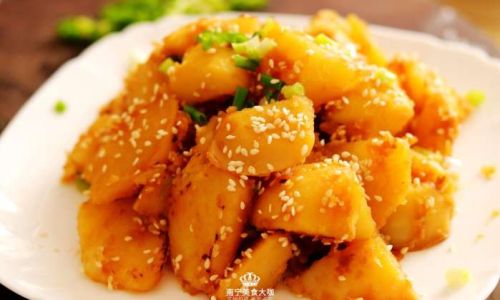
Conclusion
Mastering vinegar-glazed potatoes is a testament to the magic of balancing flavors and textures. By selecting the right potatoes, controlling the heat, and fine-tuning the sauce, you can create a dish that is both nostalgic and innovative. Whether you’re cooking for a weeknight dinner or impressing guests at a gathering, this recipe is a reliable crowd-pleaser. Experiment with variations, share it with loved ones, and savor the tangy, savory magic of cù liū tǔ dòu. With practice, you’ll soon find yourself adjusting the recipe to suit your taste—a true mark of culinary mastery.
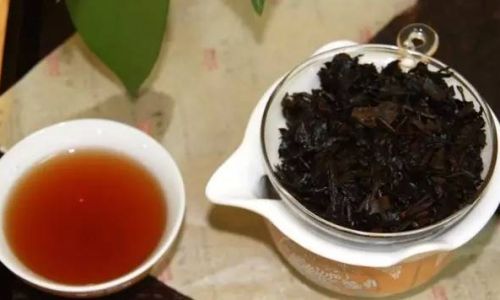
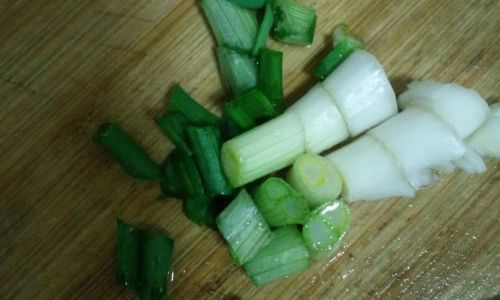
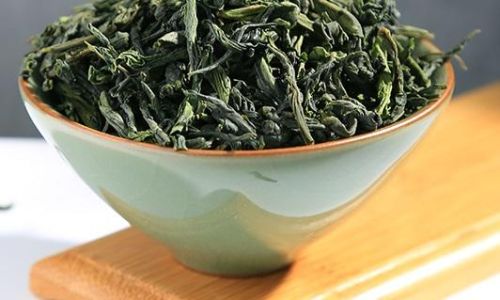
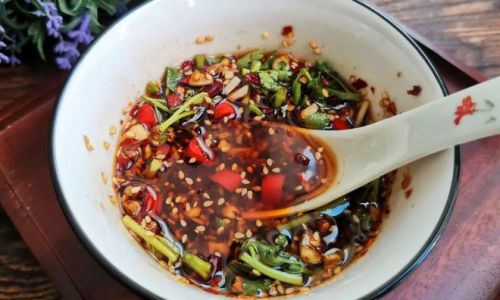
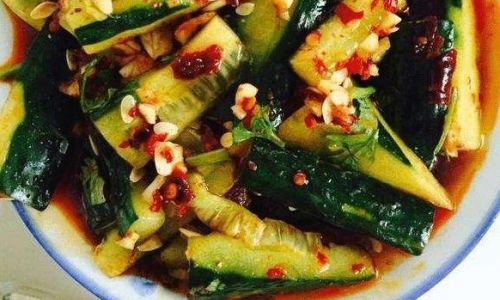
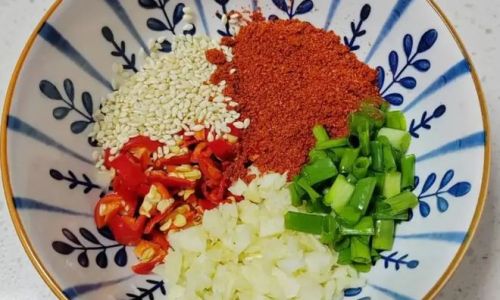
0 comments